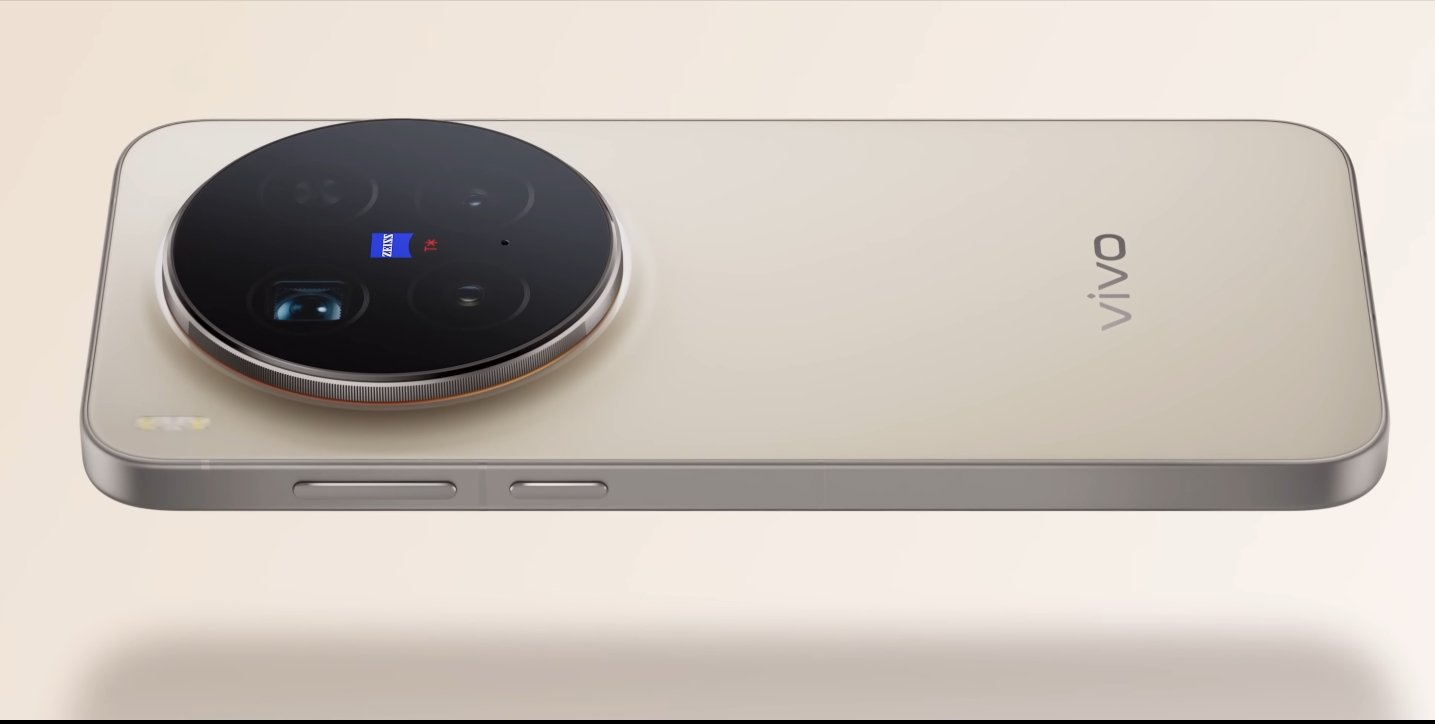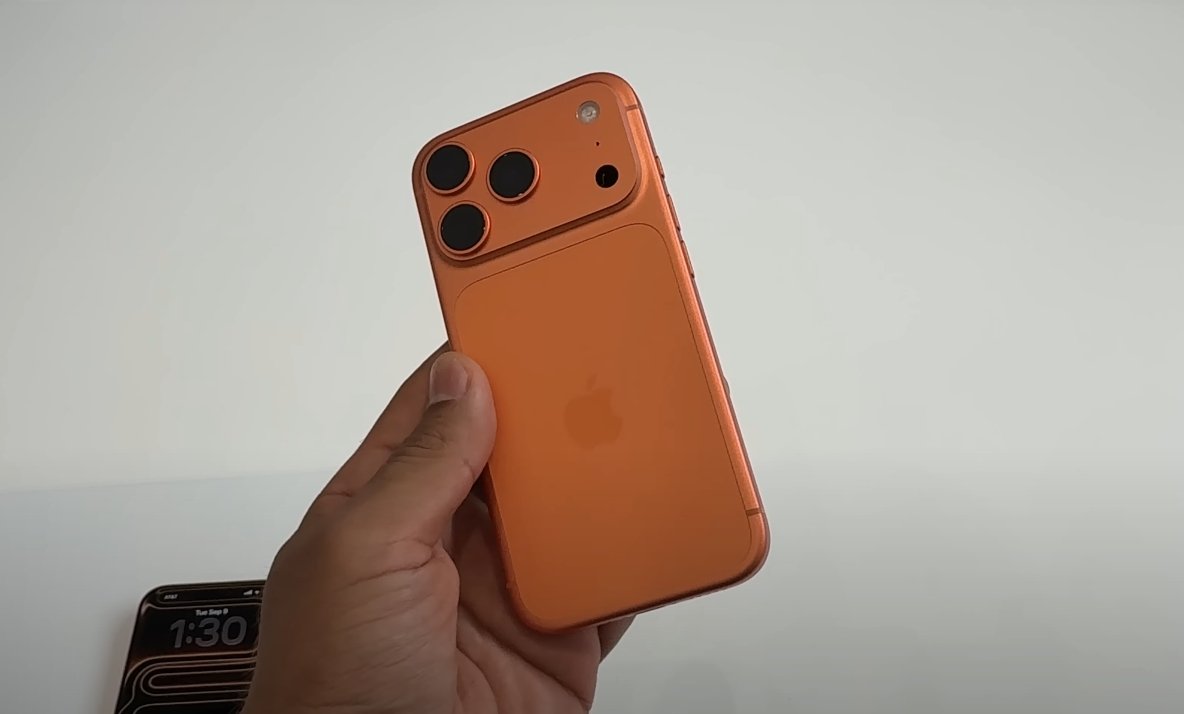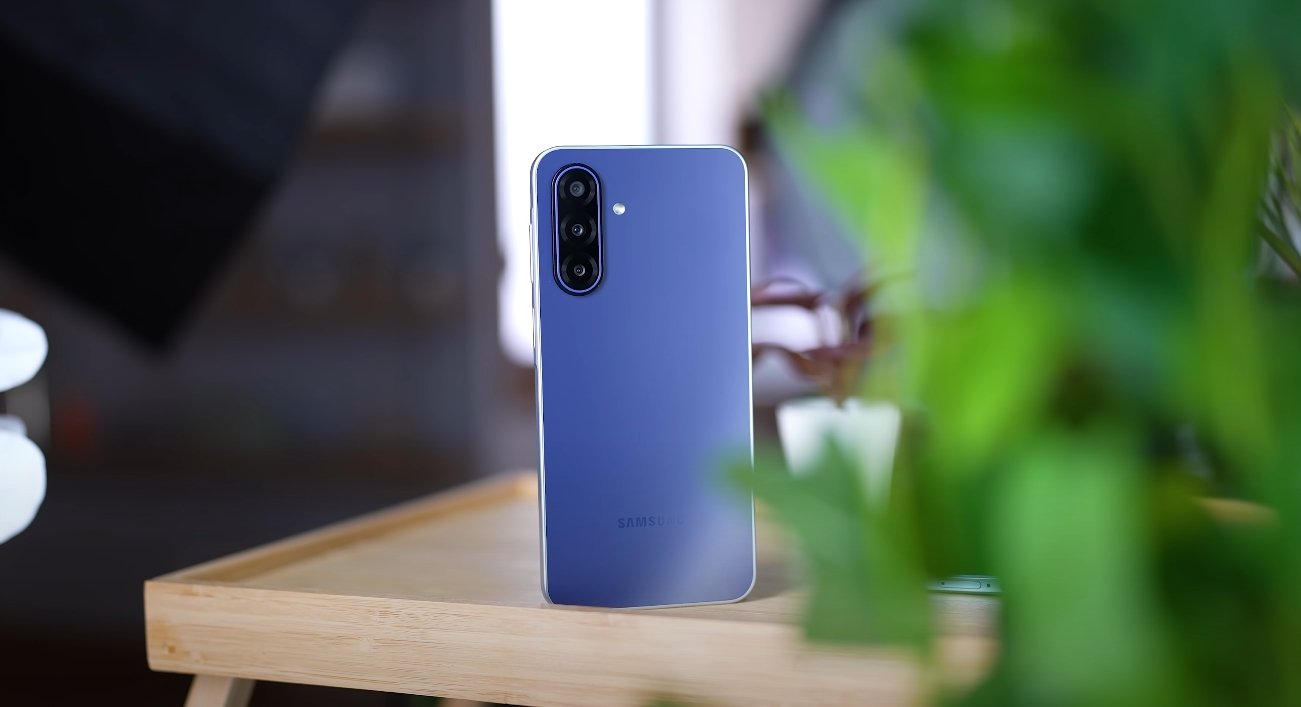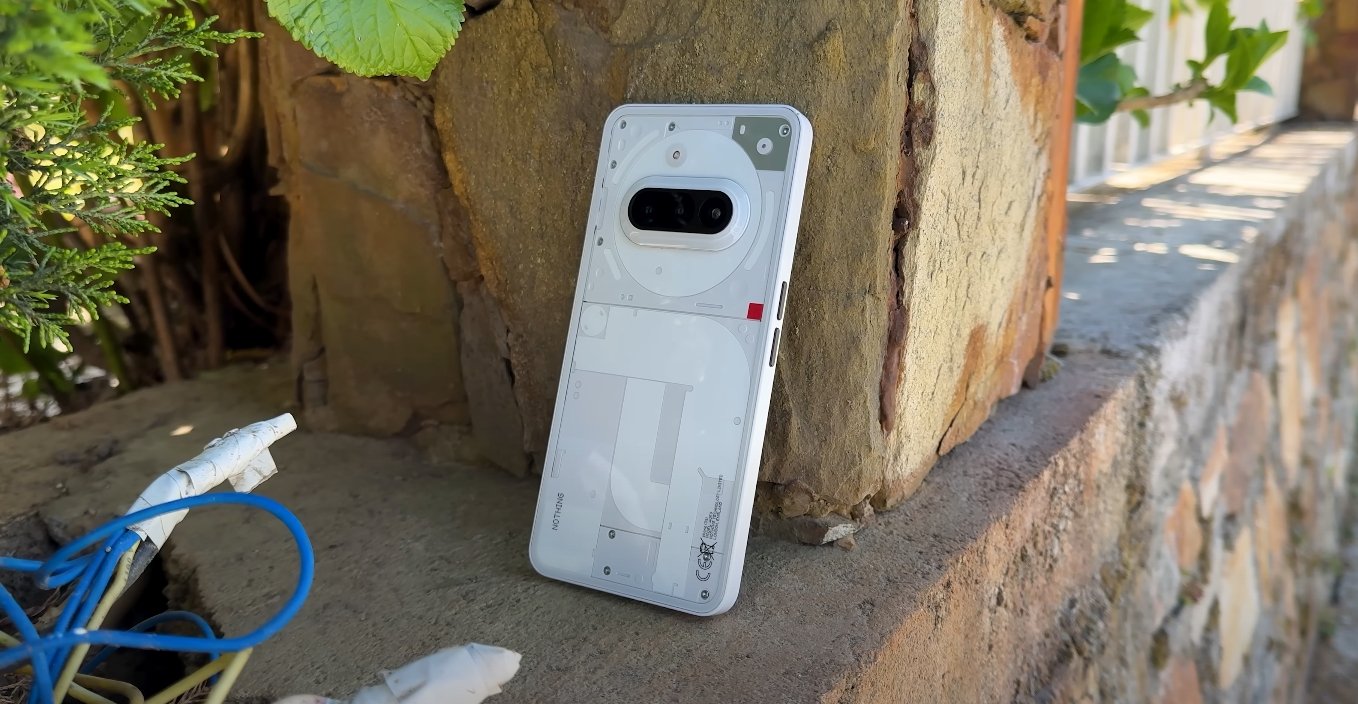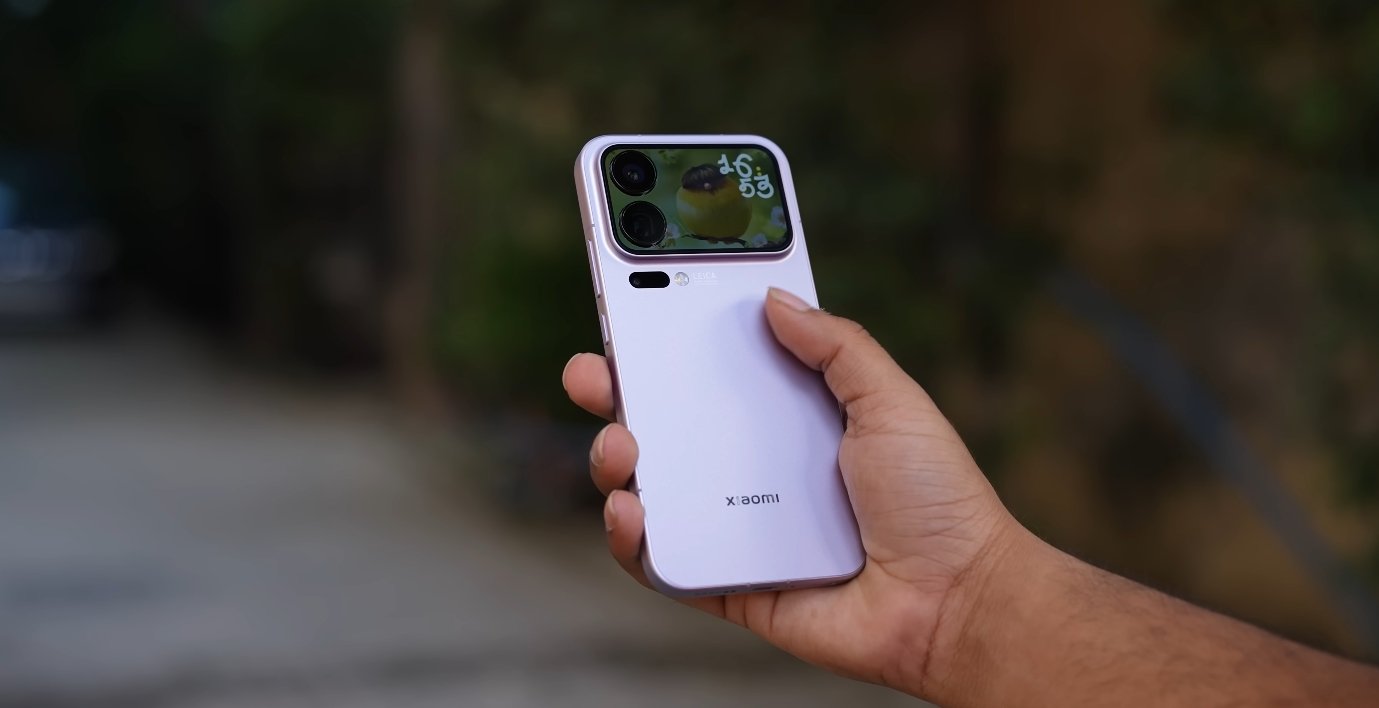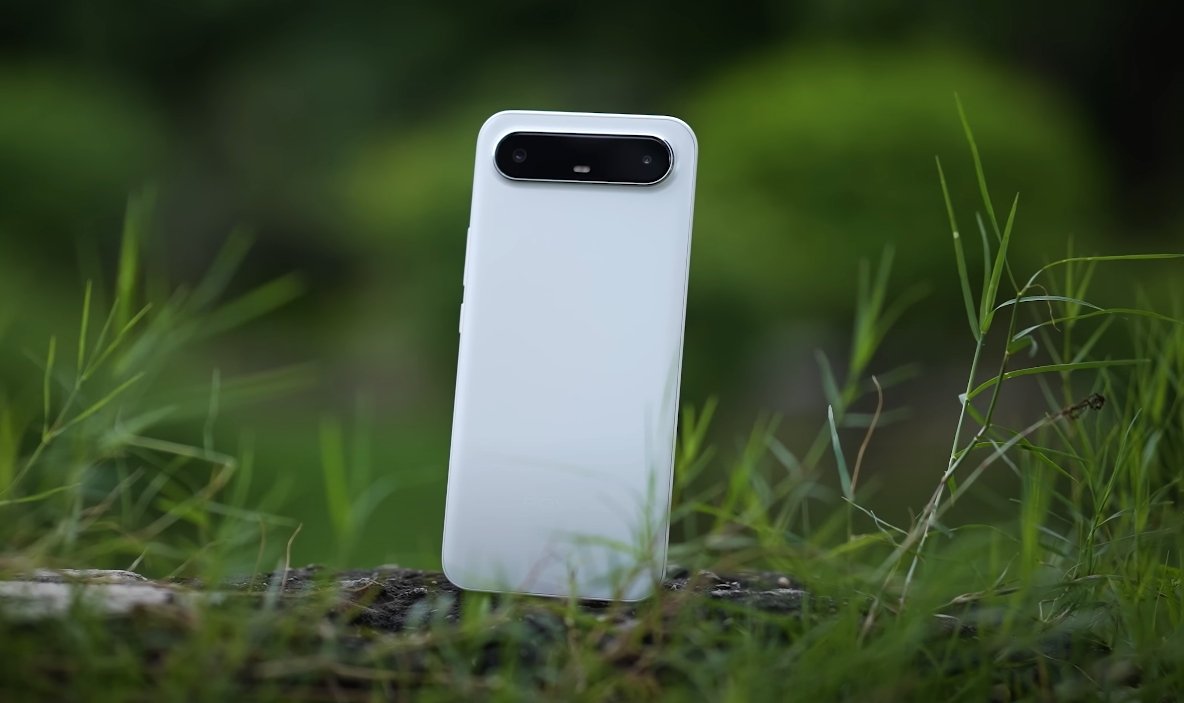Head-to-Head Performance Comparison of Vivo X300 Pro and iPhone 16
The Vivo X300 Pro and the iPhone 16 are two of the most talked-about flagship smartphones of the year, each promising top-tier performance and cutting-edge technology. With both devices aimed at power users and enthusiasts, the question arises: which phone delivers superior speed and responsiveness in real-world use? A detailed speed test comparison reveals some surprising insights that challenge common expectations.
Starting with hardware, the Vivo X300 Pro is powered by the MediaTek Dimensity 9500 chipset, featuring an octa-core CPU capable of clock speeds up to 4.21 GHz. This processor is paired with up to 16GB of RAM, ensuring smooth multitasking and rapid app launches. The iPhone 16, meanwhile, runs Apple’s A18 Pro chip, which continues the company’s tradition of high efficiency and powerful single-core performance. While Apple does not disclose all details of its RAM configuration, iOS optimization ensures that apps run fluidly even with slightly lower RAM compared to Android counterparts.
Benchmark testing provides a quantifiable look at raw performance. In Geekbench 6 tests, the Vivo X300 Pro achieved a single-core score of 3,372 and a multi-core score of 10,008. These results indicate strong multi-threaded performance, allowing the device to handle demanding tasks like video editing, gaming, and heavy multitasking without lag. The iPhone 16 scored 3,933 in single-core performance, surpassing the Vivo X300 Pro in tasks that rely heavily on single-thread efficiency, such as app launches, interface animations, and certain gaming scenarios. While multi-core benchmarks for the iPhone 16 are not fully disclosed, the device’s consistent real-world speed suggests a well-balanced architecture optimized for iOS.
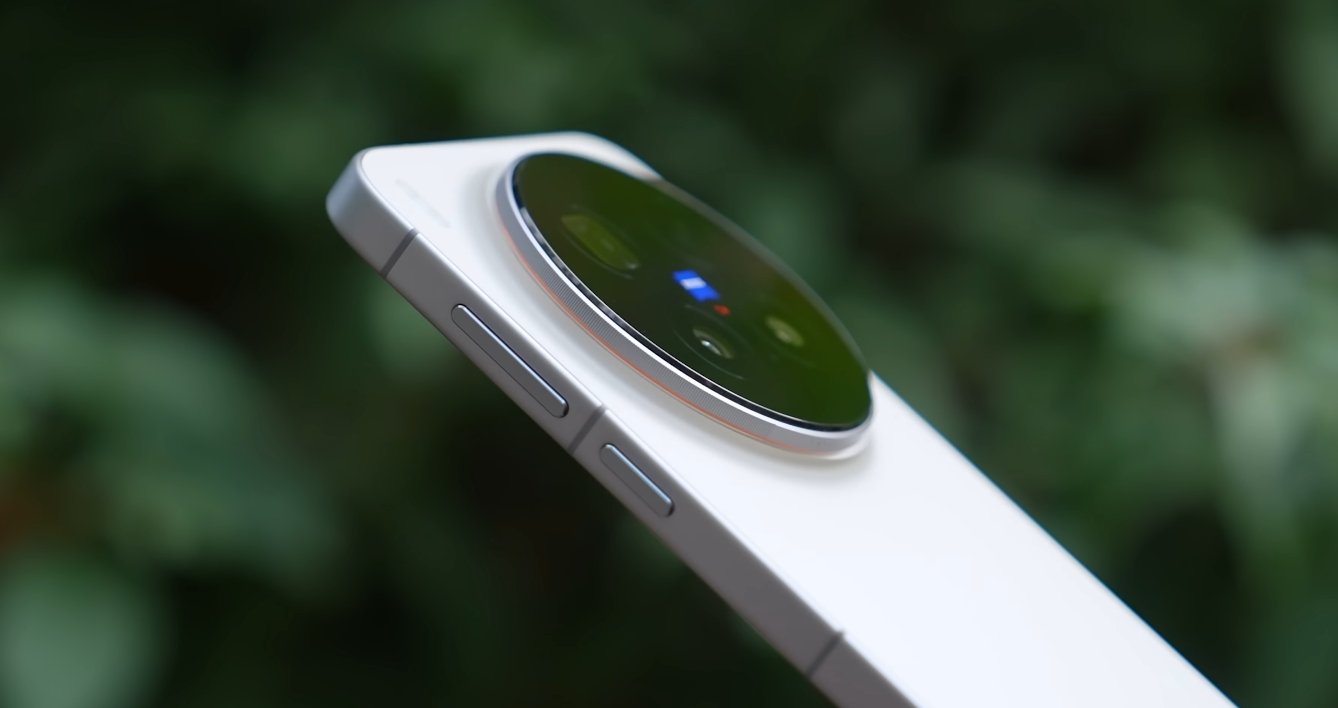
AnTuTu tests further highlight overall performance. The Vivo X300 Pro scored 3,533,222 points, demonstrating strength in CPU, GPU, memory, and user experience evaluations. This shows that the device can handle both gaming and productivity workloads with ease. The iPhone 16’s AnTuTu scores are not publicly verified, but anecdotal tests show that it excels in fluidity, app responsiveness, and interface speed, indicating that raw scores alone may not fully capture user experience differences.
Real-world usage also emphasizes the importance of system optimization. The Vivo X300 Pro runs on Android 16 with Vivo’s OriginOS 6, which includes performance-enhancing features like the Origin Smooth Engine and Snap-Up Engine for faster touch response and animation smoothness. iOS 18 on the iPhone 16 provides seamless integration, resource management, and low-latency operations across all apps. In everyday tasks such as browsing, messaging, and media consumption, both devices feel fast, with negligible lag, though the iPhone 16 often responds slightly quicker in light, single-task scenarios due to iOS efficiency.
Gaming performance is a major area where differences emerge. The Vivo X300 Pro, equipped with a Mali-G1 Ultra MP12 GPU, delivers high frame rates in graphically intensive games, maintaining smooth visuals even during extended sessions. Thermal management is aided by an advanced cooling system, keeping the device from overheating. The iPhone 16, using its integrated Apple GPU, also delivers top-tier gaming performance, often matching or exceeding frame rates seen on Android devices. Its efficient heat distribution ensures performance remains stable during prolonged play, making both devices capable for serious mobile gamers.
Battery and charging are additional factors affecting speed perception. The Vivo X300 Pro’s 6,510 mAh battery supports 90W wired and 40W wireless charging, allowing users to recharge quickly and resume high-performance tasks without waiting. The iPhone 16 has a smaller battery, though iOS optimizations and efficient power management maintain full-day usability. While the Vivo has an advantage in charging speed and battery longevity, the iPhone’s software-driven power efficiency keeps it competitive in daily usage.
In multitasking scenarios, the Vivo X300 Pro shines with its multi-core performance and higher RAM capacity. Switching between resource-heavy apps like video editors, photo processors, and social media platforms is smooth and responsive. The iPhone 16 also performs exceptionally, thanks to iOS memory management, though it relies more on software optimization than raw hardware specs. Users may notice the Vivo handling multiple simultaneous heavy tasks slightly better, while the iPhone delivers unmatched fluidity for lighter, everyday operations.
In conclusion, the speed test between the Vivo X300 Pro and iPhone 16 produces surprising results. The Vivo X300 Pro excels in multi-core, battery, and gaming scenarios, providing exceptional performance for demanding users. The iPhone 16 continues to dominate single-core tasks, user interface responsiveness, and system fluidity. Choosing between them depends on priorities: the Vivo X300 Pro is ideal for multitasking, heavy gaming, and extended use, while the iPhone 16 remains unbeatable for seamless app performance and efficiency. Both phones represent the pinnacle of current smartphone performance, pushing the limits of what users can expect in speed, responsiveness, and overall capability.
Also Read: Vivo X300 Pro USA buyers get special trade-in offer
